Very popular among flower crops enjoys fabulous and amazingly beautiful plant - Digitalis. Effect high peduncles digitalis bell-stand bright inflorescences in different colors and shades, as well as a prolonged period of flowering.
Such highly decorative flowers are able to decorate any complex landscape or flower bed. And given the fact that the opposite woman is unpretentious and practically not in need of special attention, a perennial, - to grow one pleasure!
Fireside, Botanical Description Plants
- Fireside, a typical representative of the family of plantain, previously believed to norichnikov.
- This field of grassy plants has more than 20 species, the natural range of the distribution of which is the Mediterranean region. In nature, in nature can be seen on the edge of the forests, on open glades, slopes, meadows, on the shores of the river, along the roadside ditch or in the rocky foothills.
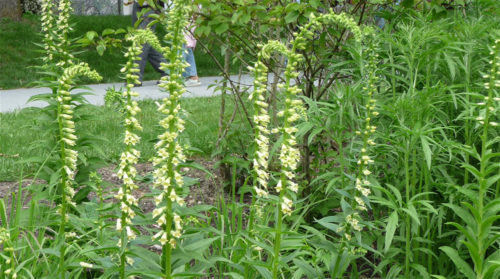
- Perennial and two-year-olds are grassy shrubs or semi-staples, from 30 to 150 cm high. The garden is most often grown by a long-term view of a purple.
- The tall, hard and straight stem of grassy plant is clearly expressed, sometimes it can be slightly branched upstairs.
- One-piece light green leaves of an egg-shaped mold, gear, lowered from below. Leaves, located on stems, seats and stems, while larger in size, the root leaves have well-pronounced stiffs and form a root rosette.
- Pretty large flakes of vintage are assembled in a multilateral inflorescence of a brush and "sit" on direct pubescent patterns. The crown has a form of a deep-bobbed bell with embroidery with petals. The coloring of flowers is yellow, white, pink or red shades, homogeneous or with contrasting splashes.
- Flowers in the beginning of summer blooms and continues to delight those surrounding bright bell tald flowers until the autumn itself. Most often, bloom comes for the second year after landing.
- The fruit box in maturation and cracking forms many small seeds. Under favorable conditions, the opposition gives abundant self-sowing.
Fireside, Plant Features
- The flower of the opposition has another name: Digitalis, that in the translation denotes "thimble" and displays the appearance of the whin of the flowering plant.
- According to the ancient reference, the bells of vice-tank serve with hats for forest elves. By virtue of magical properties and old legends, the plant is often referred to as "Witin Thrust."
- In addition to such an unusual name, there is a number of no less exotic synonyms: a glassmaker, bloody fingers, foxes glove, thimble grass, a forest bubber.
- Some species are considered rare plants and are listed in the Red Book.
- The substance contained in the plant, in addition to drugs, in large quantities can be very poisonous and dangerous.
Application of plants
- Stewership is a famous medicinal plant. This is explained by the content in its parts of the heart glycoside used in the treatment of heart failure. Along with the healing properties, the same substance under conveying "turns" into a dangerous poison. Signs of poisoning serves vomiting, diarrhea, abdominal pain, cramps, hallucinations, and even stop heart.
- Stewer serves as feed for some types of butterflies. In addition, in the long bells of ingredients, fleeing from nightlip, many insects are often hidden.
- A valuable honey plant, internship, attracts bees.
- The decorative attractiveness of the sputter allowed the flower to occupy a worthy place on private flower beds, household plots or municipal lawns and parks. Founding a poisonous plant, it is not recommended to plant on the territory of children's institutions.
- The low-spirited varieties of ingredients are planted along the borders or garden tracks. High species of perennials are able to easily decorate any economic buildings or unsightly places.
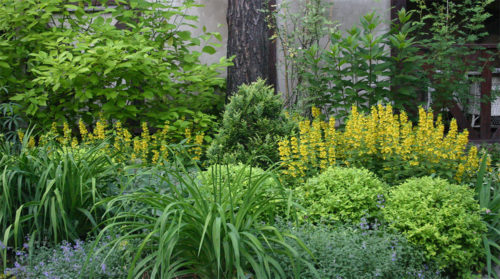
- It looks spectacularly in the midst of both single and group landings. Often landscape designers are distinguished by the role of a background plant for other, low decorative crops: primulous, geranium, onions.
- Natrevyanka with large bright flowers are planted in floral vases or pots.
- High and reprehension, thick-seated tubular-bell-colored flowers, the flowerons are perfectly suitable for cutting and drawing up bouquets.
Patterns, species and varieties
It is easy to grow a spectacular flaunt, observing the basic rules for planting and care for many years of culture. But before proceeding to planting the plant, it is important to decide on the desired type of vice.
Flowers highlight 3 varietal groups, depending on the height of an adult plant:
- Dwarf varieties reaching in a height of no more than 60-65 cm.
- The average grades growing up to 100 cm.
- Tall varieties capable of reaching a height of 160-250 cm.
Consider the most common types and varieties of ingredient.
View "Purple Purple"
The species includes all varieties, from dwarf to tall representatives. The color of the inflorescence of the species, mostly white and pink tones, with a thick grip in the zev of the blurred whites. This species is one of the most common in modern flower growing, on the basis of which a number of high-tech varieties and hybrids of ingredients are derived. In culture, it is most often grown as a two-year culture, since in a more mature age, the opposition loses its decorative qualities. Purple stepper grows perfectly both in shading and sun, preferring loose fertile soil.
- Glittering prizes grade.
Tall Ransetting Sorted with Large Flowers. The height of adult plants is about 1.5 m. The colors are distinguished by splashes of white, pink, lilac and cream color.
- Primrose Carousel grade.
The dwarf variety of ingredients, reaching a height of no more than 70-75 cm. Large flowers are painted in a unique gentle yellow color with burgundy splashes. Inflorescences are formed fluffy and thick.
- The varietal group Gloxinioides The Shirley.
High plants reaching in a height of up to 2.5 m, with large pink flowers resembling flowers of Gloxinia (hence and name). In inflorescence, bells are located in a horizontal plane.
- Candy Mountain variety.
A new modern grade, distinguished by the "straight looks" flowers of pink color. Strong rigid purple flutter flowers grow to 1.5 m.
- Variety Pam's Choice.
Tall grade (up to 150 cm) with delicate cream flowers and contrasting dark burgundy drops.
- Excelsior hybrid group.
Hybrids up to 150 cm in height with a saturated pink colors.
- Hybrid F1 Camelot group.
A distinctive feature of the group is bloom in the first year after landing. Flowers in inflorescences are uniformly and painted in cream, purple or pink color.
- Foxy grade.
Annestly low (up to 65 cm) Plant blooming in the first year and disembodied by seedy. Color color white or pink with dark splashes.
View of "Nightworms"
Perennial herbaceous plants, characterized by dying yellow-green tint flowers with brownish residences. Plant height - about 100-120 cm. Blossom lasts about a month. The culture is unpretentious, well tolerate shading. Also known is the lowest variety of this species, called «Carilon.
View "Melno-Calcular
Two-year-old plants with small flowers of elegant, chocolate color. Most often in the culture, the Milk Chocolate variety is used.
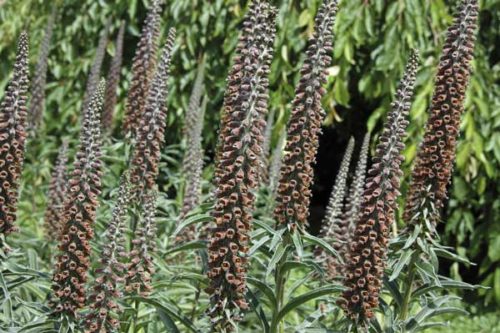
View of "Rusty Rusty"
Looking tall (up to 120 cm). A highly decorative variety, beauty and appearance of inflorescence reminds orchids.
Type of "Studentball Skirt"
The hybrid variety, the flowers of which are reminded by the color of the ripe strawberry ripe. Another name of the species is to move Mrthon. The average view, reaching a height of no more than 75 cm. The well-known Summer King variety.
Type of "Online Yellow"
The average multi-year ride (up to 100 cm) with yellow small flowers collected into a one-sided brush. Unlike other varieties, it is considered a real perennial and can successfully grow in one place for many years. Stem and leaves are without characteristic of other types of omens. Flowering lasts about 3 months.
View "Step woolly"
The unsightly variety is characterized by yellow-brown small inflorescences, with contrasting, purple color, veins. Flowers in the middle of summer, more used as a medicinal plant.
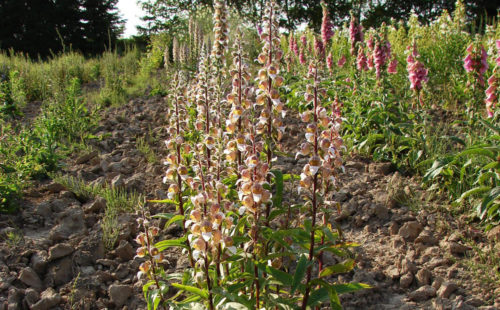
You can buy seeds in vintage (listed or other types) in almost any flower shop. Most varieties are distinguished by increased endurance, winter hardiness and quickly adapt to various climatic zones.
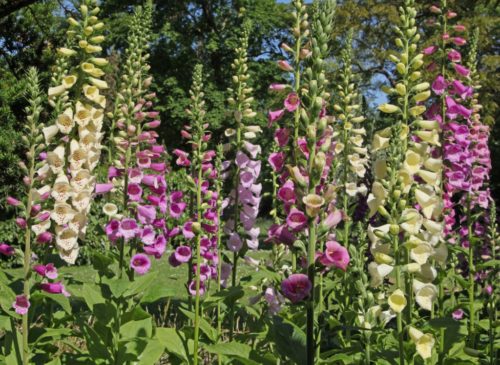
If the shooter is already growing on the flowerbed, the seed material is easy to assemble independently. For these purposes, it is best to use the bottom flowers on the flower, then the seeds will be better with a high percentage of germination.
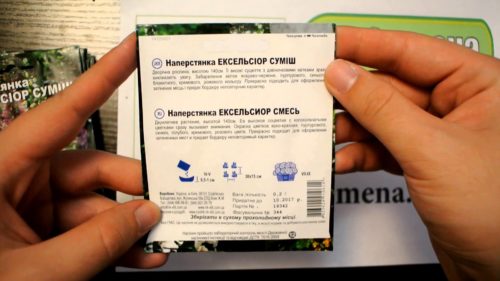
Fireside, Faces Planning
The cultivation of a spree is possible by 2 ways: sowing seeds into an open soil or landing germinated seedlings.
Drought-resistant plant, internship, prefers solar outdoor terrain or light half. On a too shaded plot, the flowers of vice are minor, the flowering period is reduced. It should not land a culture under the crown of deciduous trees giving a deep shadow and for a long time retaining the humidity of the rolling circle. A permanent wet microclimate can entail the dropout of the patch.
In the first year of landing, most varieties of ingredients do not bloom, increasing the leaf mass and forming large outlets of the leaves. And only for the second year, the long-awaited flower shots and blooms.
Squeeze in a naked seeds
- Seeding seeds in the openness in the open ground is carried out in early June, when the street is established steadily warm and favorable weather for germination of seed material. Plant seeds planted too early by autumn form large leaf outlets, often speaking in the cold season.
- As for the soil, the plant adapts to virtually any soil type. But the best plants medium will be lightweight, water permeable and fertile soil. When choosing a place for landing, vapors should be avoided with a possible stagnation of moisture. Excessive moisturizing may entail a platter.
- Immediately before sowing, it is necessary to switch, disperse with rake and moisturize. Scooty soil composition is recommended to enrich complex fertilizers containing nitrogen, potassium and phosphorus. For dense soil or low-lying areas - provide a good drainage layer.
- Seying seeds can be in shallow grooves or on the surface of the prepared area. In the second case, the seeds will sufficiently sprinkle with a small layer of sand or sit in the ground. If you sow small seeds in deep grooves - it will be hard for them to germinate, and shoots may not appear at all.
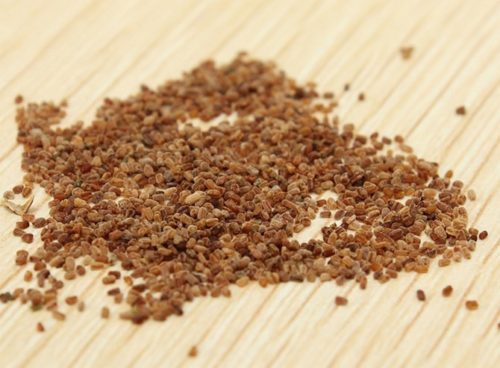
- Improve the germination of seeds will help their pre-soaking in the water. It is also convenient to mix small seeds with sand when cropping. Solding seeds is better not thick to avoid subsequent thinning or dive of seedlings.
- The area with the sinky seeds is covered with a film, protecting the landing from the wind and birds.
- The care of the seed plot consists in regular moistening of the soil as it dries and periodic ventilation (under conditions of shelter film material).
- The first seed shoots from the seed appear after 15-18 days. After the appearance of germs, the film is removed.
- When 1-2 sheets appear on the shootings, thickened landings are thinned (removing weak instances) or dive. The estimated distance between seedlings should be at least 12-15 cm. Too thickened landings provoke the development of weak plants of apestystank, with short bluer and small flowers.
- In the phase of development 4-5 leaves, seedlings are repeated, leaving the distance between the instances of about 30-35 cm.
- The care of shoots is moisturizing and loosening the soil, the removal of weed grass.
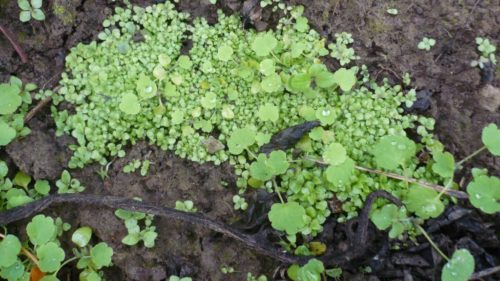
Planning a firewood snapshot
- Seeding seeds in the midst of the seeds are seeded approximately in March.
- Pre-seeds are disinfected. To do this, they are soaked for 30-40 minutes in a weak solution of manganese.
- Seeds are sown in containers with soil intended for indoor plants.
- Sowing is carried out superficial, as well as in the conditions of open soil. From above, the seeds are peeling with a thin layer of sand and moisturized with water from the sprayer.
- The container with seeds is covered with glass or film, imitating the greenhouse conditions. After that, the container is left in a warm and bright place.
- Care during this period is regular, but moderate moisture and ventilation of the "mini-greenhouse".
- After about 2 weeks, the first shoots of the plant appear, after which the shelter (film or glass) is cleaned.
- Thick shoots slightly thinned. In the phase 4-6 leaves, seedlings are picked by individual containers.
- Thirsty and strengthened seedlings of vyptystanky plant on the flower in the end of May - early June.
- If the seeds were seeded in summer or autumn, the seedlings are left in tanks until next spring. A suitable place for grunging seedlings will be, for example, a glazed insulated balcony.
We transplant in the midstock
- Considering the surface location of the roots, the opposition can safely transfer the transplant. It is enough to dig a plant and, while maintaining an earthen com, transplant the bush to a new place.
- Before boarding, it is necessary to prepare a landing pit (in size slightly large than an earthen com) and pour it with water. When the moisture is absorbed - you can proceed to the transplant.
- At first, after replanting the plant, it provides regular watering.
Fireside, plant care
Having landed the plant, it remains to provide him with proper care and attention, although they do not have to make much effort. Patterns - a rather unpretentious culture in need of ordinary agrotechnical events: watering, loosening, feeding (in case of depleted soils) and removing the blurred inflorescences.
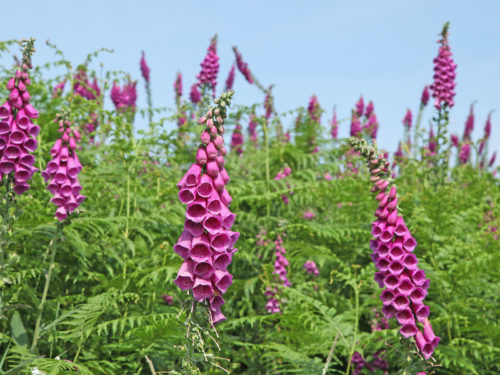
Watering and loosening
- With irrigation, there is no need to "get involved." The drought-resistant plant perfectly transfers short urgent periods of drought and needs moisture only as needed. Watering is better to exercise in the evening, after sunset.
- Moderate watering will ensure the abundance and puff of flowering in the blossom.
- After irrigation, the ground around the plant should be exploded so that the crust is not formed. It is necessary to do it carefully and shallow, so as not to damage the perennial roots located in the horizontal plane.
- As needed, you should break through the beds from weed grass.
- Excellent results of preserving a wet microclimate and lack of weeds gives a mulching of a piece of wood sawdust.
Putting fertilizers and fake
- Throughout the vegetative season, 2-3 feeders are carried out by mineral fertilizers. Similar "Attention" will increase the abundance and duration of blossoms of vintage.
- If the soil is quite fertile, feeding is not necessary.
- Do not "get involved in fertilizers, since their oversuetting can provoke the development of green mass and the complete absence of flowers.
- First feeder spend a week after the landing of seedlings for a permanent place. For this, the ammonium nitrate solution is used (10-15 g per bucket of water).
- As the following feeding, complex mineral fertilizers for flowering cultures are used.
Pruning and deletion of inflorescences
- If you remove the blurred inflorescences in time, the flowering will last longer. Pruning stimulates the formation of new flowers.
- In addition, timely trimming prevents uncontrolled seed dispersion.
- If it is planned to assemble the overwhelmed seeds, the most valuable varieties of ingredients better designate in advance.
Fighting pests and diseases
- Patterns can be affected by such diseases as: Spotted mosaic, real and false malievous dew, white and gray rot, viral diseases.
- Muced dew, as a rule, appears after a protracted rainy and cool period, as well as in the case of a thickened planting of culture.
- Different types of rot and spotted leaves provoke excessive moisturizing or moisture stagnation on the site.
- In such a case, damaged plants are treated with special systemic fungicides ("Topaz", "Ceratovolvet", "Fundazol", etc.). Most often copper-containing drugs are used. In the launched cases from the diseased plant, it is better to get rid of it to "infected" other copies.
- From pests, most often the opposition can suffer from invasions of Tly or moths. Various insecticides are suitable for the fight against insects ("Spark", "Antitlin", "Biotline", etc.).
Winter in winter
- Stewstink has established itself as a rather frost-resistant plant, perfectly carrying wintering.
- The most important condition for successful wintering is autumnal to the gloves of the naked roots of ingredients. To do this, on the eve of the winter, the roots of the plant and those parts that "got out" to the surface of the Earth are checked - they fall asleep with soil so that they do not extinct.
- In miserable winter with strong frosts, the bushes of ingredients are covered with a snack or straw.
Reproduction of ingredience
Plugs in the midst of a predominantly seed way. Less often practice flower separation with the help of roasting processes.
- At the end of the summer - the beginning of autumn on the flowers begin to ripen numerous boxes with seeds. A sign of the aging of seed is a brownish-brown shade of the fetus. If necessary, the seeds are collected and seeded by the method specified above.
- It is important to take into account that the unsalted in time of the overwhelmed seeds are scattered on their own on the site and give good self-sackers. This quality is convenient for the formation of natural overstalls in the garden.
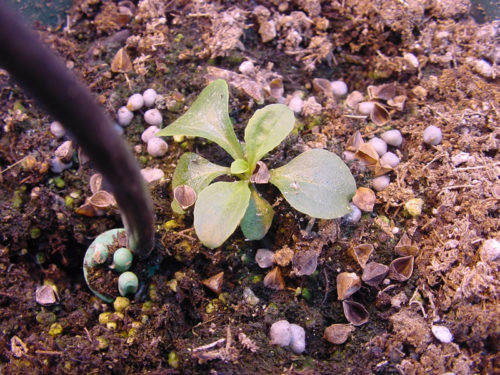
- To collect high-quality seeds, the lower boxes are best suited at the bottom of the bloomon.
- The collected seeds spread on paper and put in a dark dry place to dry out.
- Seeds are stored in a dry cool place to the landing, they retain the germination of 2-3 years.
- As for the reproduction of the plant with the help of child-binding processes, it is carried out in the second half of the summer, during the pruning period of the blurred flowers.
- After trimming, for the next 2-3 weeks, there are several roasting sockets on the base of the stem, several root rosettes are formed at the base of the stem.
- Sockets (with a slicer of the root) are separated from the base and planted separately, on the site. Replanting and watering the plant, it is important to monitor so that neither water nor the soil fall into the core of the outlet. Otherwise, the risk of rotting the process.
- Until winter, roasting processes are rooted and winning together with "adults" copies of aphristic. The rapid young plant for the winter is better to cover sawdust with foliage or pagan. The next year, the predatory plant forms a full-fledged picture and blooms.
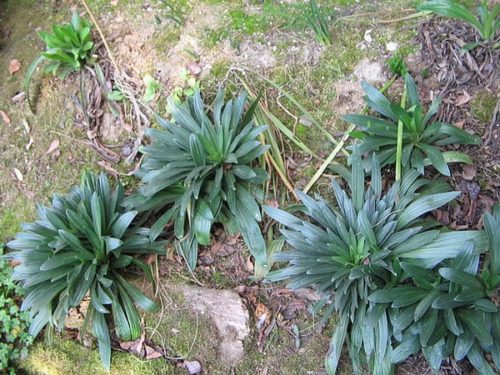
Thus, there is a high-elective culture with a spectacular and long period of flowering. Grown in culture as a two-year-older or a perennial, the opposition is distinguished by unpretentiousness in care and high resistance.

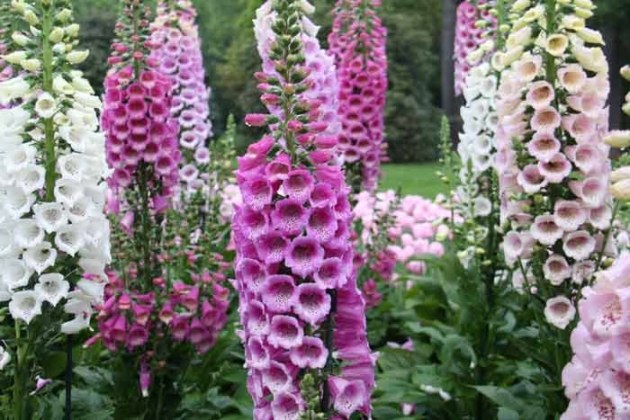

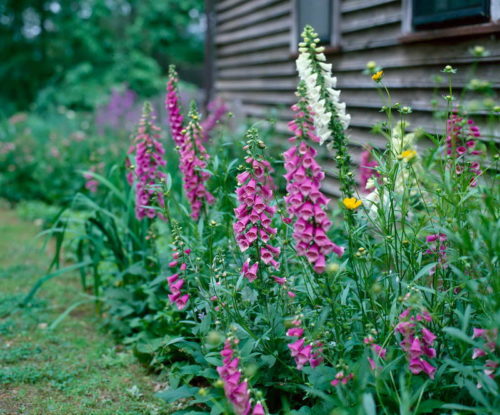
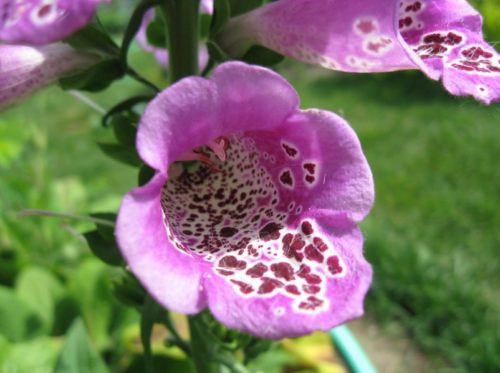
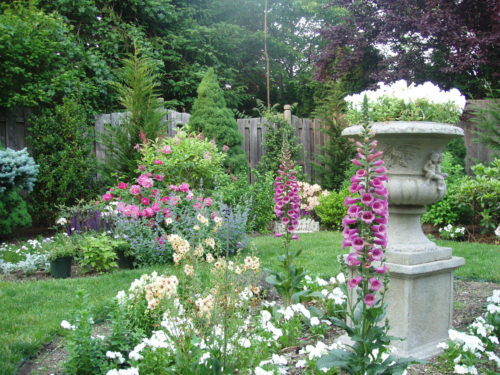
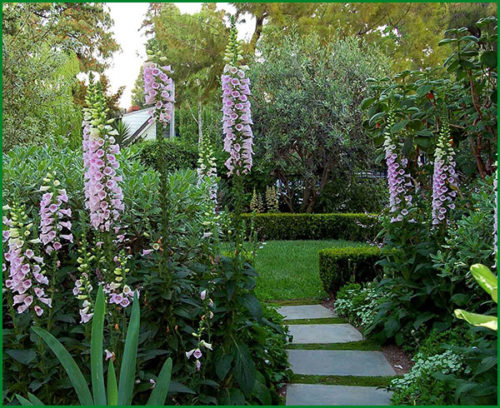
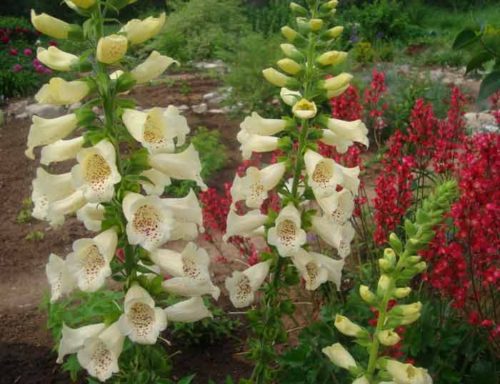
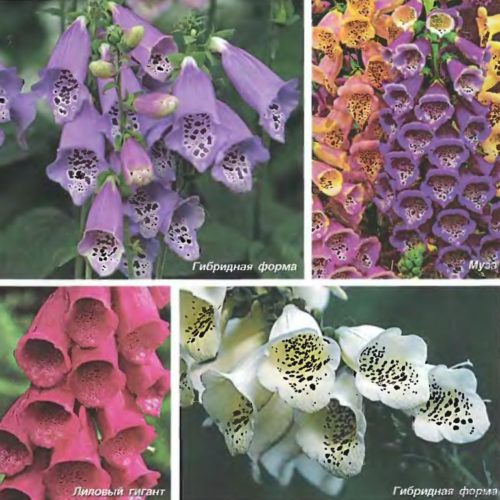
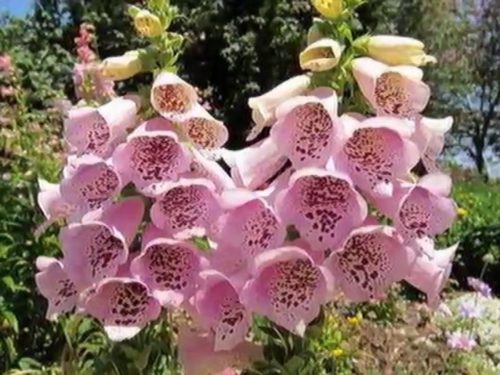
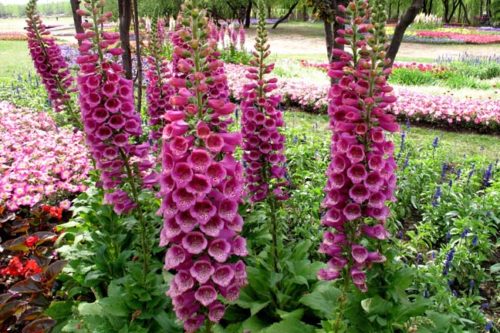
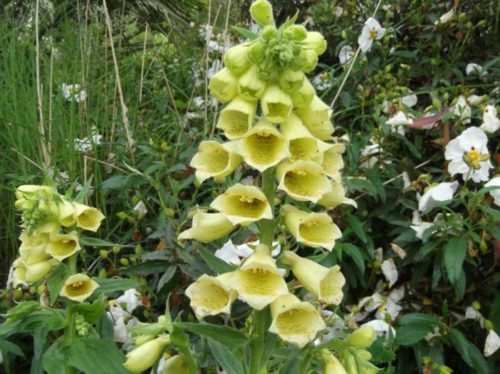
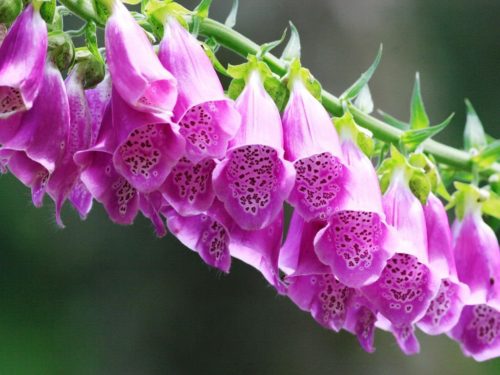
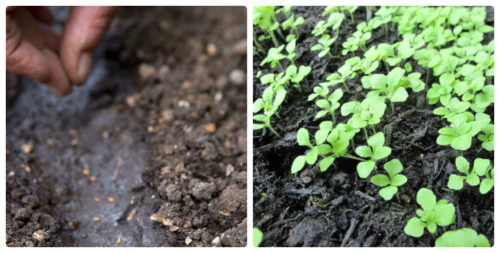
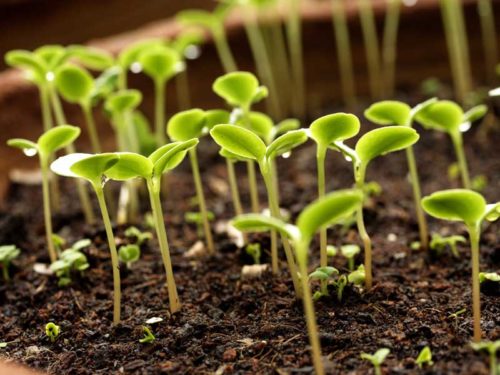
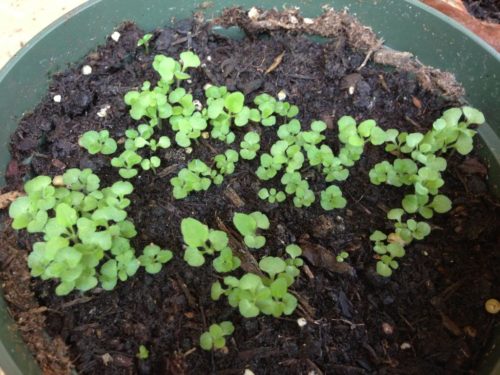

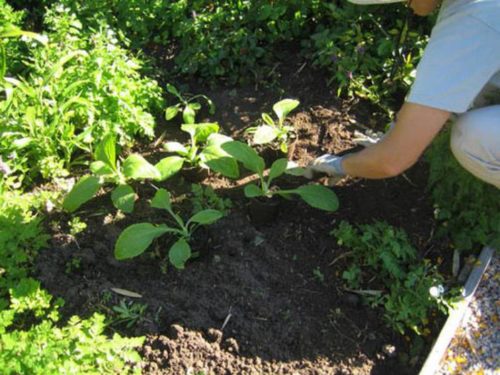
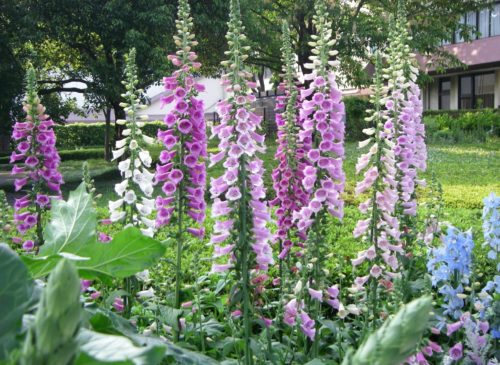
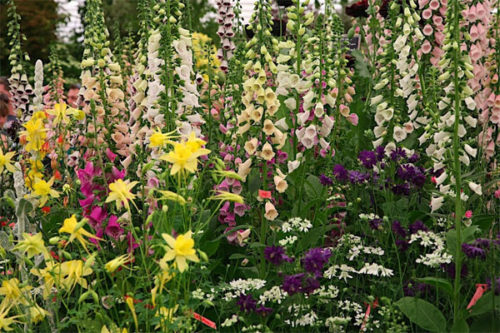
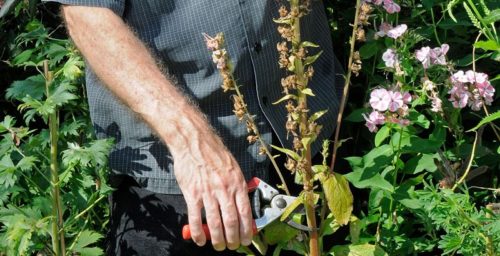
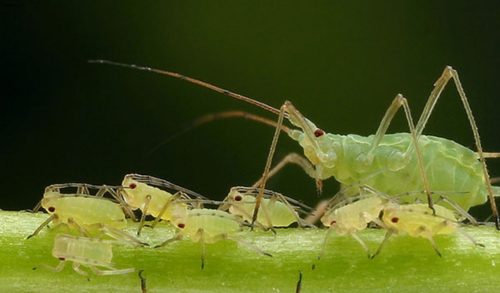
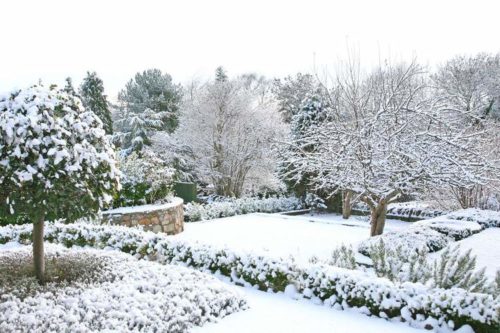
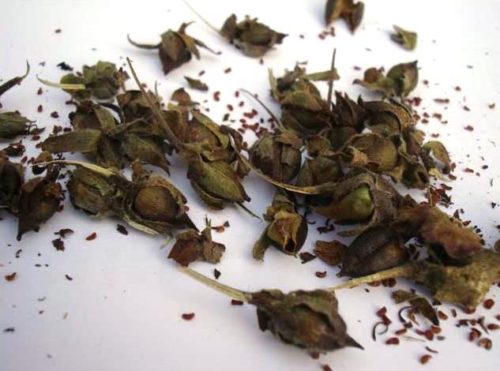
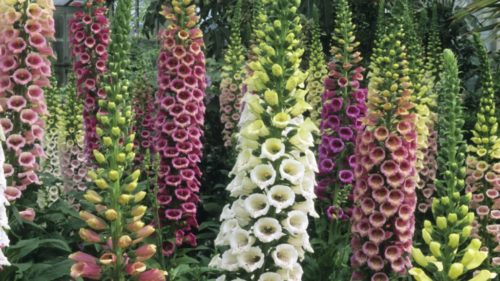


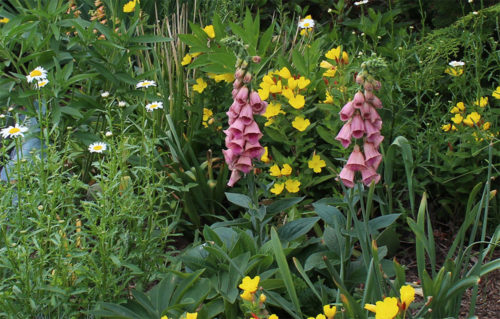
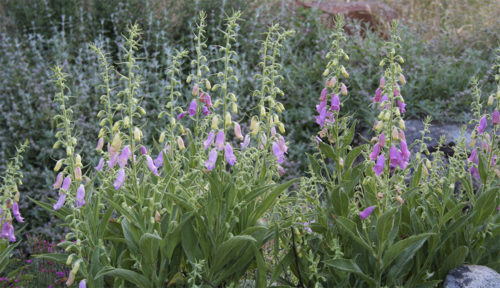
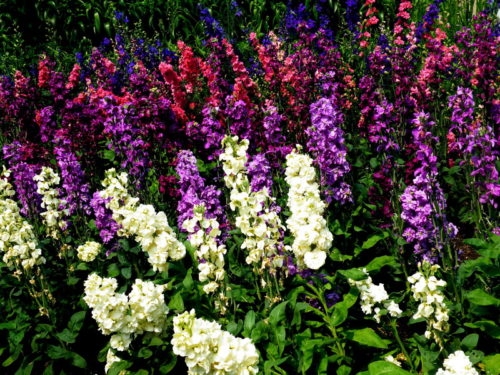
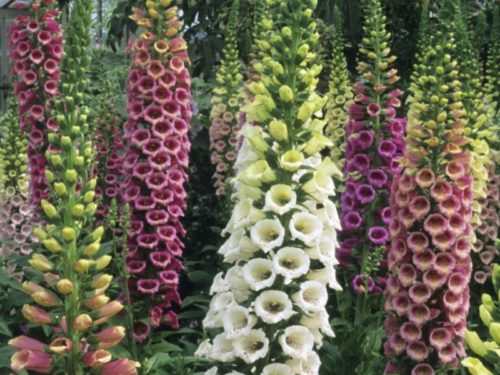












 Start a discussion ...
Start a discussion ...